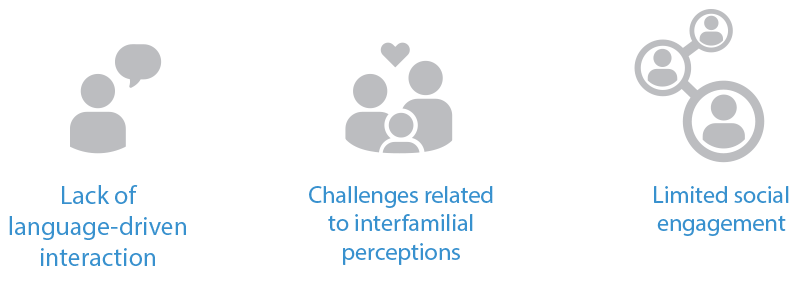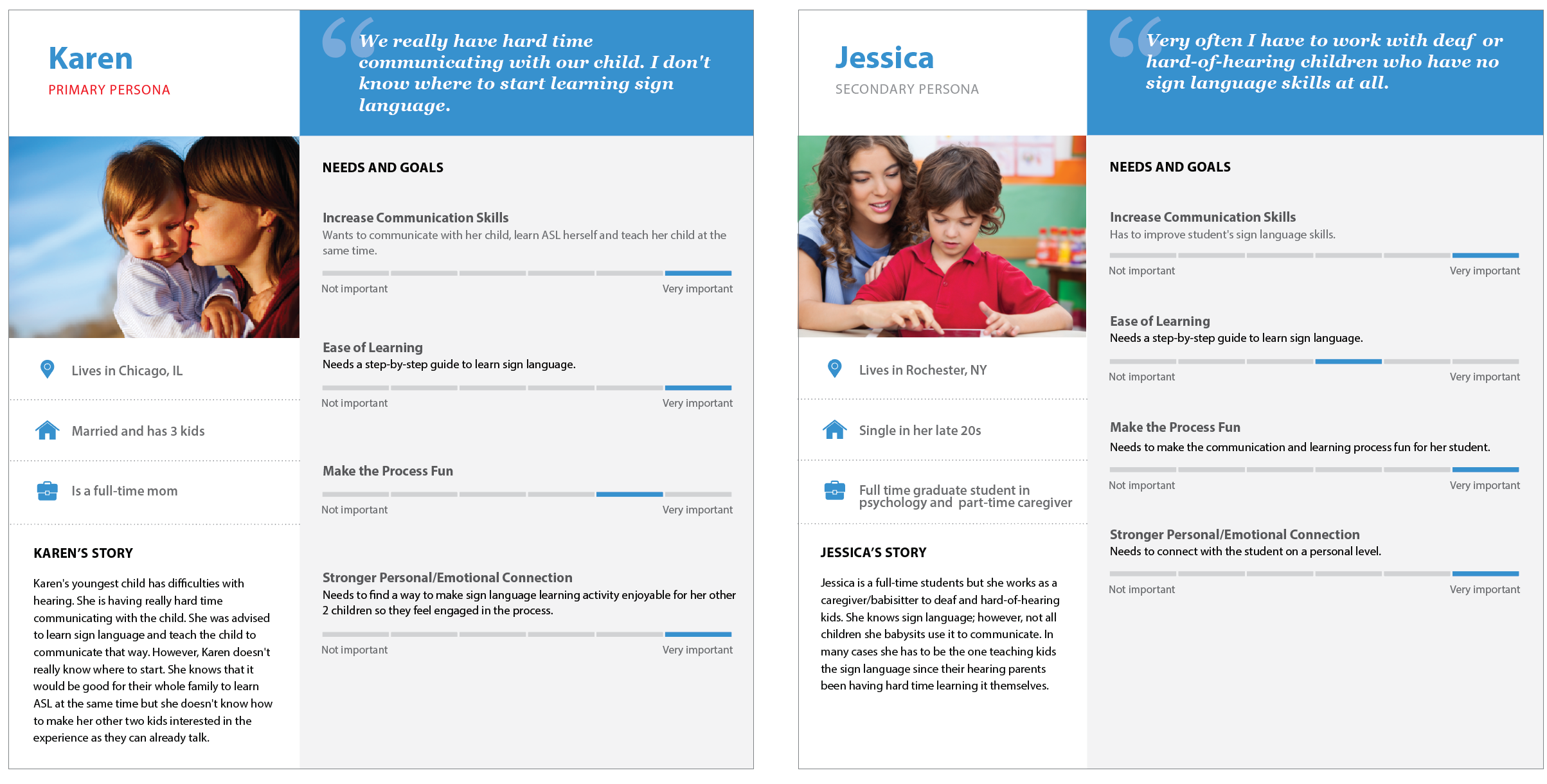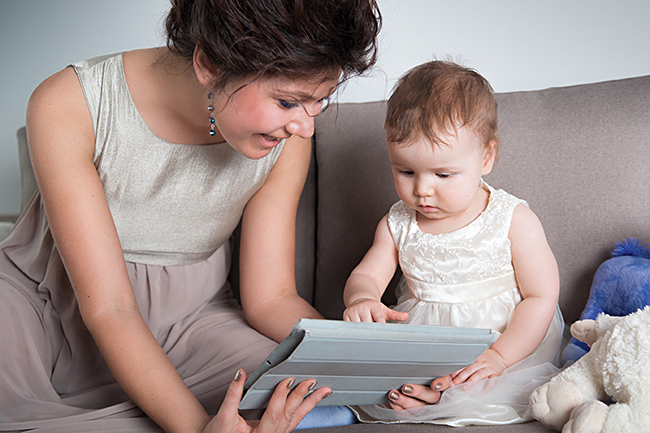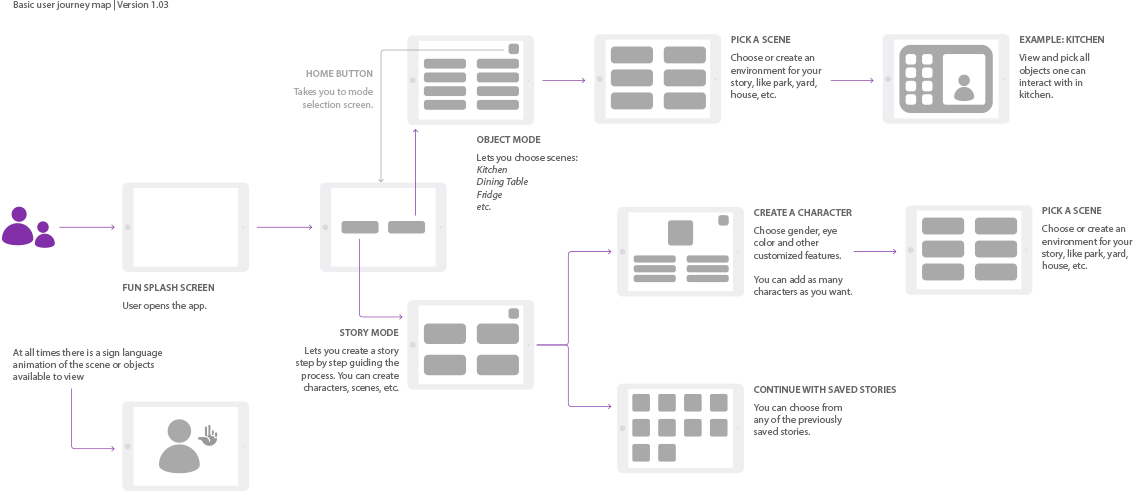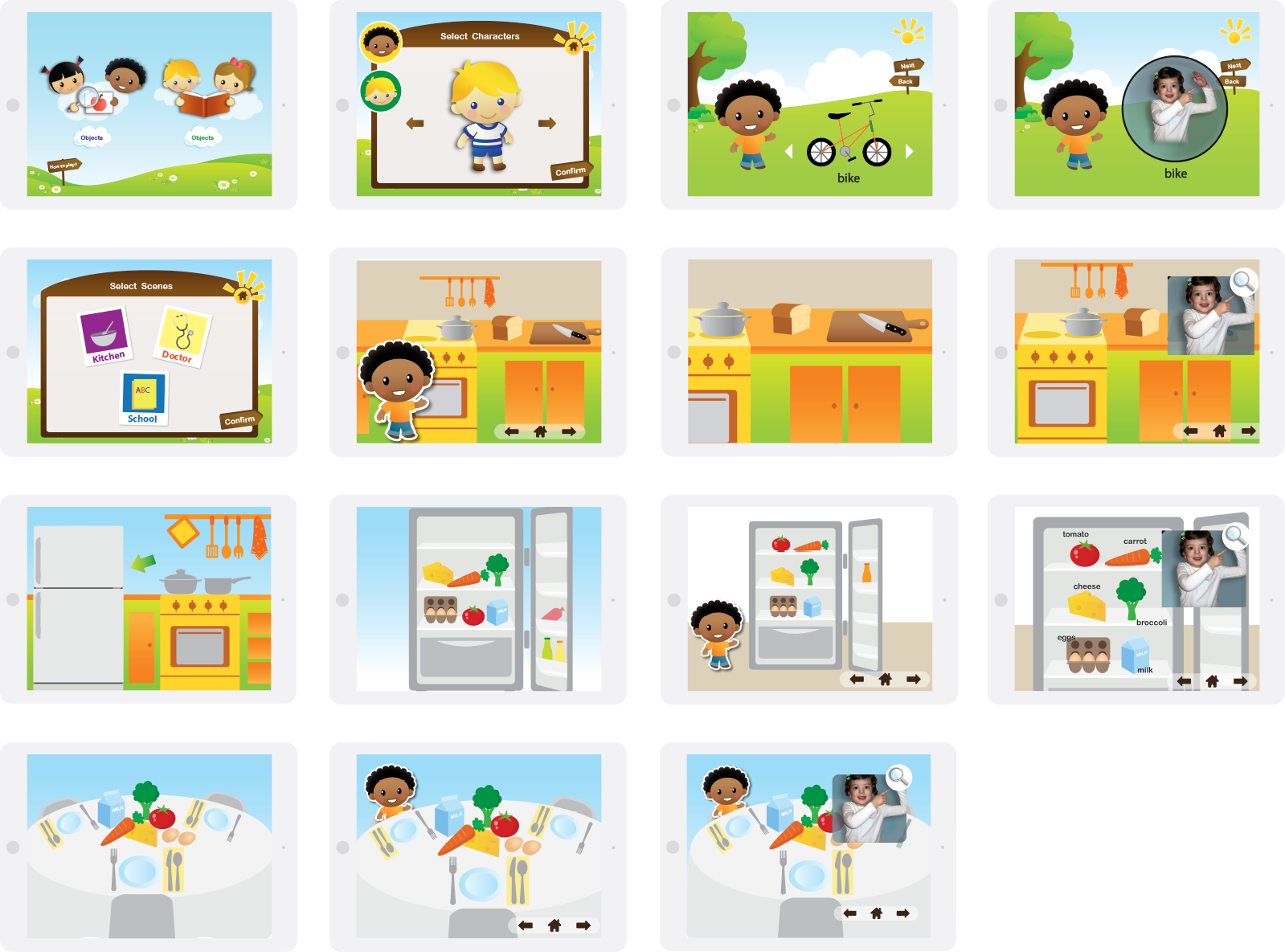In the United States, 2 to 3 out of 1000 children are born deaf, and 90% or more of children with present-at-birth deafness are born into families where both parents are hearing.
While some hearing parents have adopted non-auditory means of communication, the vast majority lack the skills to communicate effectively with their children. This results in:
